I love to drink great wines, but 30+ degrees centigrade and big Grand Cru do not go hand in hand. Save your big guns for a cooler day!
Summer calls for fresh, energetic wines that have a light appearance … frais et léger … a vin VIF.
Additionally, the wine should be served cool or cooler than normal. To be honest, it’s not the time of the year to open high-alcohol wines or even big 1er Crus.
Some of these new wines are fresh and vivid, and they challenge the normal boundaries of Burgundian winemaking … and this is great. Let’s Rock!
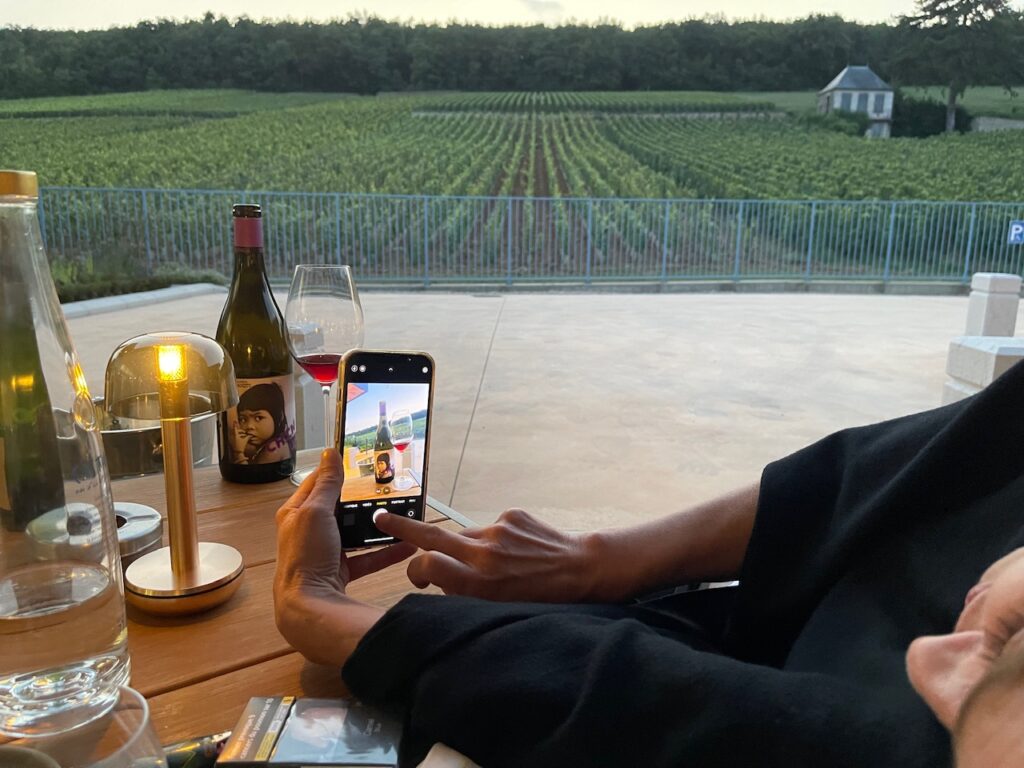
A blend of terroir and berries
Two very controversial topics are blending terroir and grape varieties. Blending Gamay and Pinot from Burgundy will yield a Passetoutgrain and is accepted per tradition.
Blending a Gamay from Beaujolais with a Pinot from Flagey-Echézeaux … this is also accepted to a certain degree.
But blending red and white grapes to make a Bleu is something very different. This will bring the blood of the ‘traditionalist’ winemaker to boiling point. Merde … this is controversial.
However, adding Aligoté to a red wine can bring some lightness and acidity to a otherwise super ripe Gamay. This could be a good idea if you can live with the palatable consequences.
Not with good terroirs
To be honest, this blending should not be conducted with grapes from good terroirs … not Grand Cru, 1er cru or even village wines … these terroirs are simply too precious.
When we talk Hautes Côtes de Beaune and Hautes Côtes de Nuits, it’s somewhat different in my view. Let’s face it, no one (almost no one) has a clear vision of the terroir impression of these vineyards. Blending them could be excusable as it presumably is made with young grapes or lesser clones.
Given that we don’t talk about old vines or a unique plot … I … the Winehog … see no big issues with blending a Gamay from a small terroir in Maranges with a Aligote from Messanges in Hautes Côtes de Nuits!
Blending 1er crus from different vineyards within the same appellation to optimise or rationalise is allowed … Let’s face it, it can result in a good wine … but rarely, if ever, a very precise wine. There are some good examples: Hubert Lignier’s Morey-Saint-Denis 1er cru has some excellent hedonistic qualities. Single vineyard villages wine is even a relatively new phenomenon … many Vosne villages are still blends.
Aligoté and Chardonnay have been mixed in Morey-Saint-Denis on Ponsots 1er cru, Clos des Monts Luisants before it was converted 100% to Aligoté. A crime ? … Hardly.
But when we talk about blending Aligoté and Gamay, it starts to be controversial… However, I have one rule of thumb … does it give you pleasure? Is it a good and enjoyable glass … or not?
In the end, it is controversial… for you to decide.
Bulles … Pet Nat
Pet Nat (pétillant naturel) can be used to cool your mind and body – if the sweetness level is balanced (not always the case). Different grapes can be used in this case, for example, Chardonnay and Pinot Beurot. The cuvée pictured below is from Simon Bize who is launching more and more exciting wines with low sulphur.
The Pet Nat is fresh and vivid and works tremendously well with slightly spicy food … Fruit is pure and truly energetic for Pet Nat, a light and enjoyable choice on a hot summer’s day. Please note only 12% alcohol and bottled as Vin de France.
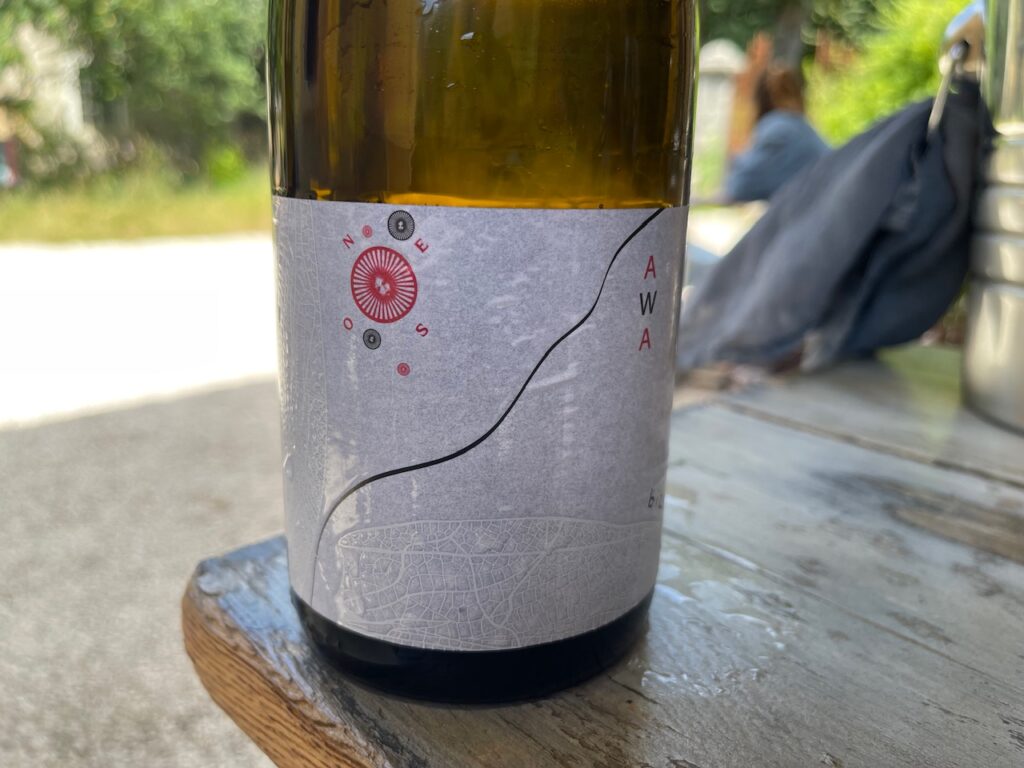
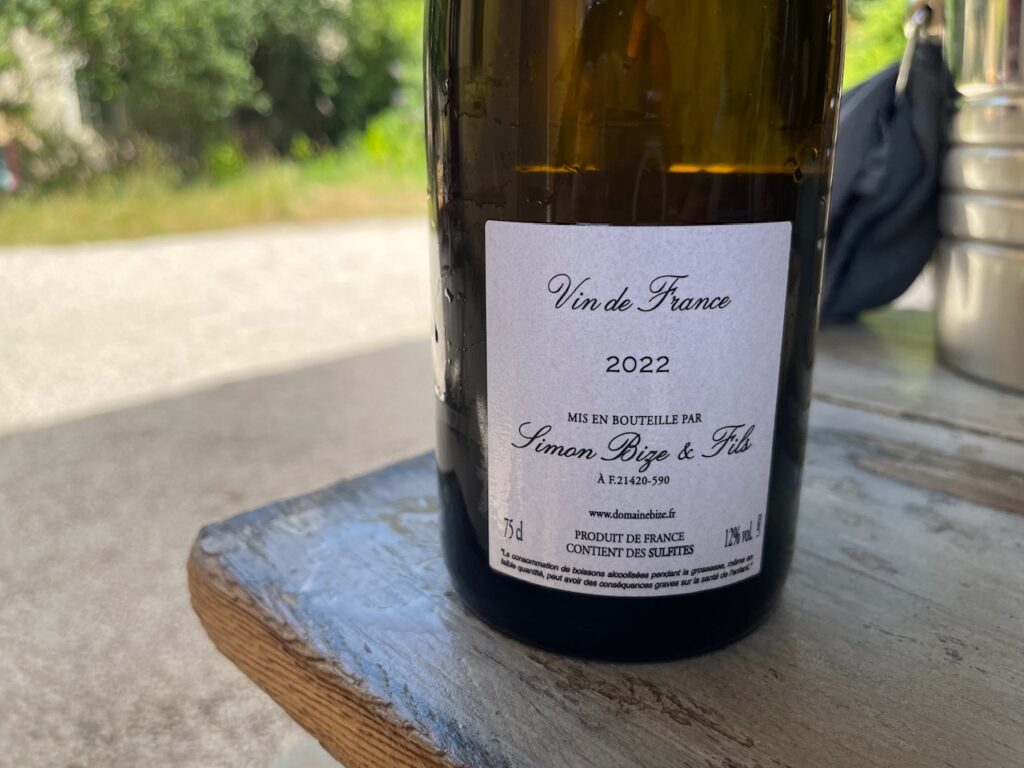
A light red-wine
The Bleu Cerise is a new light red from Chanterêves made from a blend of Gamay and Aligoté. Whole cluster Gamay fermented in Aligoté juice. Half and half. The method, called Flottaison, was first employed by Daniel Sage and creates a lively and energetic blend that is in the rosé league – serve it cool and let it brighten your day. A terroir wine – hardly. Enjoyable, yes … creativity rules.
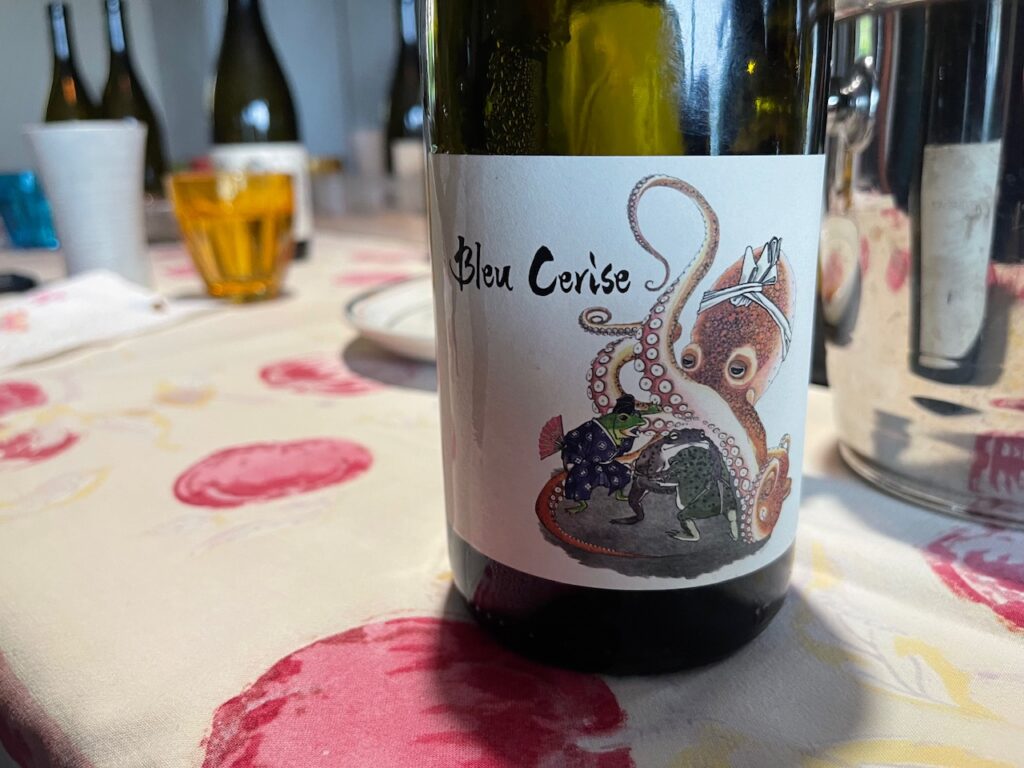
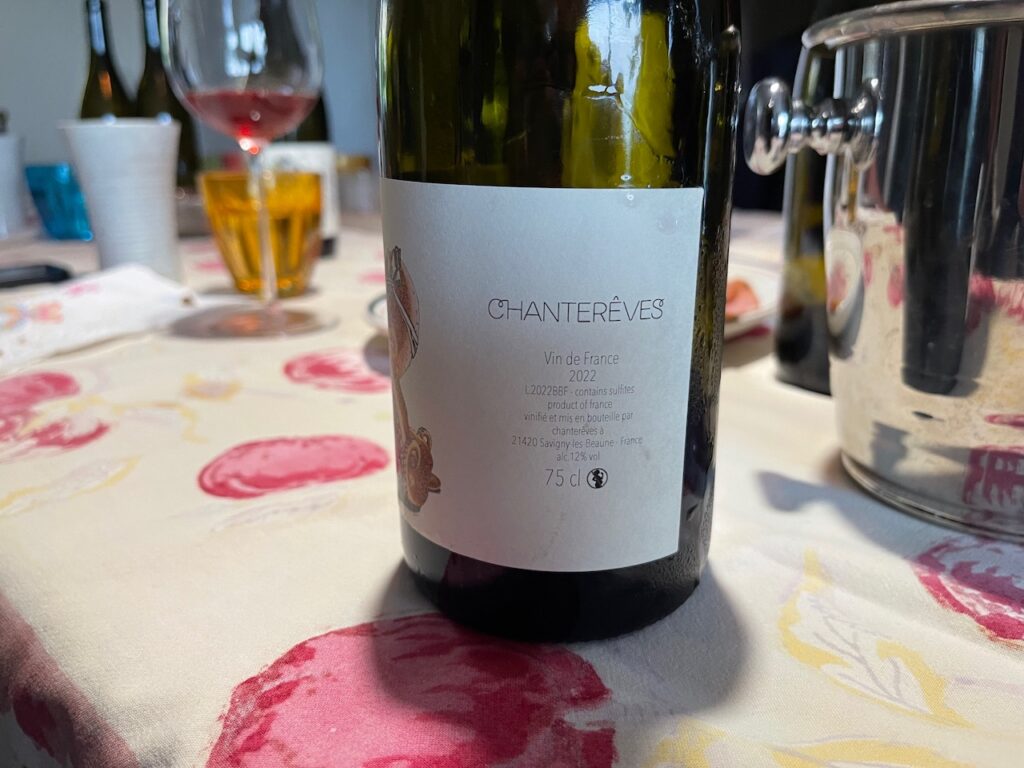

 - A true vin d’émotion – a Burgundy of passion
- A true vin d’émotion – a Burgundy of passion - A truly hedonistic wine – lively and enjoyable
- A truly hedonistic wine – lively and enjoyable - A vivacious wine for pure indulgance
- A vivacious wine for pure indulgance - A potential vin d´émotion - frais et léger
- A potential vin d´émotion - frais et léger